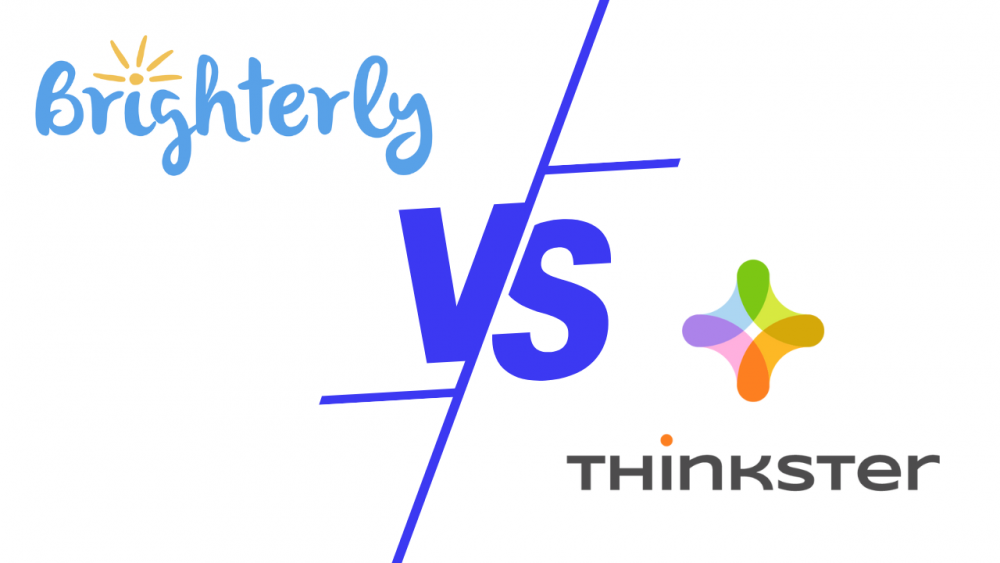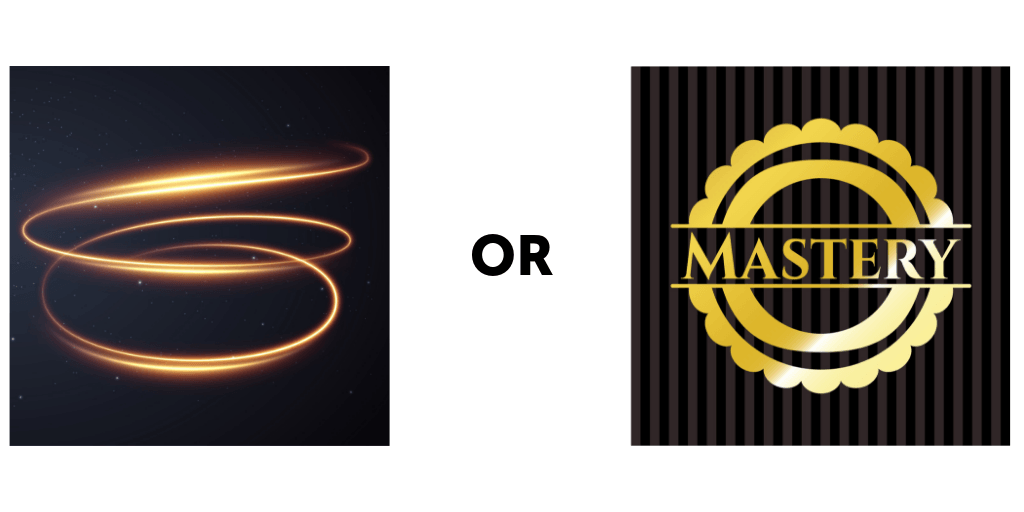

Last Updated on August 18, 2021
Homeschooling can be both extremely rewarding and overwhelming at times for parents.
Working with your kids and seeing the light bulbs turn on in their heads as they develop comprehension skills is incredibly rewarding.
Finding the curriculum to get your child to that ‘aha!’ moment, though, is where the overwhelming feeling may kick in.
There many options available, and the different curricula have varying learning styles and teaching methods too. This is why finding the one that works best for your child is important and may even take some time.
If you’re searching for a new math curriculum for homeschooling, then chances are you are stumbling upon and researching many different types.
With over twenty math programs available for elementary-aged students, it’s a little daunting to choose one.
As a homeschooling mom, Yvonne Morris has felt these same challenges.
“I’ve purchased a math curriculum for my kids, worked with it for a little, then realized it wasn’t quite working and had to scrap it and start over!”
Over a year ago, Yvonne stumbled upon Thinkster Math. She quickly fell in love with the curriculum and our ability to provide math problems to develop strong thinking skills in her kids.
In fact, she fell so deeply in love with Thinkster that she became a Thinkster Math tutor too!
There are five things in particular that Yvonne finds to be incredibly valuable for homeschooling families:
Yvonne took the time to share more on how Thinkster provides an incredibly valuable learning experience, and why homeschooling parents choose Thinkster for math problems and curriculum.
There are different math curricula and learning approaches that may emphasize developing particular skills more than others.
For example, one distinguishing feature that some parents look for in a math curriculum develops strong conceptual thinking and problem solving skills.
It’s not just about having strong computational and algebraic skills, but about understanding a on a deeper level.
Kids who work on both their procedural and conceptual understanding typically develop strong critical thinking skills.

As you research different curricula, looking for one that includes logical reasoning and critical thinking math word problems is a great start. One that’s full of real-world examples is a bonus, too, though some textbooks or programs might not provide many of them.
“This is one of the things I really love about Thinkster. I haven’t found a textbook that teaches critical thinking like Thinkster does,” Yvonne shares.
Thinkster Math’s curriculum is full of real-world examples, which helps your child anchor what they are learning to a realistic scenario. In doing so, your child develops skills that translate to the real world to help make them strong problem solvers.
Aligned with national standards to ensure world-class content, Thinkster’s curriculum is also wholesome and includes computational, analytical, logical reasoning, and critical thinking math problems.
It is so wholesome and stringent, that homeschooling families have the flexibility to use Thinkster as a standalone curriculum or tailor the learning plan however they need it!

As you look for a program, you must find one that works best for your child’s learning style and needs. This means that you have some flexibility when it comes to customization and topics.
Yvonne says, “Customization is one thing you’ll see in the homeschool community a lot. We’re not trying to put a square peg in a circle hole. Thinkster is great for this because I can meet different students’ needs, and I’m able to go as fast or as slow as they need to go. What’s neat is that I’m able to hit where the student exactly is. If they’re a grade or two ahead or behind, we’re able to help with that.”
This is because Thinkster Math tutors can assess where specific strengths and weaknesses are, then target those exact concepts or where your child needs help.
The tutor constantly monitors and adjusts the learning plan as needed. They work with you to ensure the plan meets your child’s needs and yields positive learning improvements.
This is something that homeschooling parents really love about Thinkster too.
You have the flexibility to use the Thinkster two different ways:
1. The curriculum is stringent enough to use as a standalone curriculum.
Your child can use Thinkster Math as their sole math program typically complete 30 – 45 minutes of work per day. There are video tutorials embedded into the assignments to help teach strategies. Your child can also have tutoring sessions as part of their Thinkster Math plan, which is a great opportunity for one-on-one online to review concepts and strategies.
2. The learning plan can be tailored if choosing to use Thinkster to supplement a math curriculum you are already using.
Communicating your goals and curriculum with a Thinkster Math tutor is extremely easy! Your child is matched to one dedicated tutor, and you can send unit plans or topic requests to the tutor to align the assignments.
This level of flexibility works great. The ability to mold a learning plan from a program with a strong curriculum makes Thinkster easy to work with.
When bucketing the types of math curricula available, they typically fall into either mastery or spiral approach.
You can check out more on these two different approaches here.

Trying to decide which to use can feel a little daunting. After all, you may not know which method your child responds best to until you purchase a math curriculum and use it for a while!
Some kids benefit from a mastery-based approach. This means that they focus on only one topic for weeks, months, or even a full year before moving onto the next topic.
However, others benefit from a spiral approach, as the link between topics allows them to develop conceptual thinking skills more fluidly. Continuous review and gradual introduction to new topics act as building blocks as kids work their way through the curriculum.
Yvonne said, “It is like braiding, and this is one thing that Thinkster does really well. We’re always taking something previously learned and bringing it into what we’re doing now. The critical thinking math problems do this really well since they pull from previous content. For example, it’s really cool when a kid is doing a geometry problem on angles, but they need to use algebra skills to solve it.”
The Thinkster Math curriculum embraces the spiral approach, yet there are still hints of mastery methods too.
When your child is given a topic to work from, they are given ample practice to truly obtain mastery and comprehension of those topics. Their tutor can also enable a learning mode that gives more practice automatically if your child scores low on an assignment.
Testing periods are also conducted frequently to ensure your child reaches proficiency before moving on to more challenging skills and topics.
Thinkster’s mastery methods are not quite the same as the typical definition of the homeschool mastery approach, in that kids do not work from only one topic exhaustively before moving forward.
With Thinkster, your child gets to work from a few topics at a time, which helps keep them engaged since there is variety in the learning plan! They do need to demonstrate proficiency and mastery before a new topic is brought into their learning plan.
There are elements of both spiral and mastery in your child’s Thinkster Math learning plan. The balance between the two is something that can also be customized by technology and .
Homeschooling curricula and programs are continuously evolving, and technology is helping with this change.
Technology is incredibly powerful as an educational aid and makes it easy for you to access learning resources and tools.
Plus, there’s no denying that kids love apps and online learning!
The way that content is delivered and presented can help keep your child excited and motivated to learn.
This is one thing that your will really like about Thinkster Math. Visuals, sound effects, and instant feedback on assignments keep them engaged as they complete their work. They can also earn points and gift cards, which is another awesome way to keep them motivated!
Technology is also beneficial if you’re a homeschooling parent who balances work into your daily schedule.
Yvonne says, “There is a big shift in homeschooling. More parents are working, and technology makes it easier to deliver an awesome education while parents balance work schedules. Kids find it easy to do their work and can get through assignments independently. I work with some middle schoolers that utilize the program this way.”

The Thinkster Math tutoring sessions are unique compared to other program options you may be considering. With the Gold and Platinum plans, your child can connect with their coach for an online math tutoring session.
“I love my tutoring sessions with my students!” Yvonne shares. “I love those light bulb moments and getting to work with the same students each week. The live sessions are beneficial for kids, especially my middle schoolers! Some parents may not be as comfortable teaching higher levels of math compared to elementary level work, so the video tutorials and tutoring sessions make a great combo.”
Not only are the tutoring sessions incredibly helpful for your child, but you’re going to love working with a dedicated, certified tutor for math help and learning plan development.
As Thinkster parent, Larissa shares in her review, “My 11 year old loves Thinkster. We do a fortnightly catch-up with a fun and very experienced teacher, which gives us the personal tuition and allows us to modify the online work accordingly.”
You can read more reviews from happy Thinkster Math parents here.
Another bonus of having your own tutor that you work with is that they provide daily feedback by reviewing your child’s assignments.
The math tutor checks your child’s assignments, understands how they answer questions and utilizing strategies, then provides corrections and feedback for every incorrect question. This feedback outlines specific steps for your child to review and learn from.

The tutor monitors your child’s progress daily and prepares material to review during one-on-one tutoring sessions.
Yvonne shares, “I set clear expectations with the assignments I give and send my kids daily feedback and corrections. I then meet with them once or twice a week to go through concepts and questions together.”
The tutor’s daily involvement ensures that the learning plan is carefully monitored and adjusted to help your child make incredible learning improvements.
As you continue searching for a math curriculum and program for your child, remember that feeling overwhelmed is common because of the many options available! It may take time to find a curriculum that works best for your child’s learning style and needs.
Thinkster Math is quickly spreading amongst homeschooling families as they choose it for math problems and curriculum to use with their kids.
The five things about Thinkster Math that homeschooling mom Yvonne Morris finds to be incredibly valuable are:
Thinkster Math is quickly spreading amongst homeschooling families as they choose it for math problems and curriculum to use with their kids.
Our world-class curriculum helps students in elementary and , and specifically covers Kindergarten-8th grade topics at this time.
You can explore more on our curriculum and philosophy here.
While you’re at it, be sure to schedule a call with an academic advisor to learn more about how you can utilize Thinkster Math as your child’s math curriculum and learning program.


